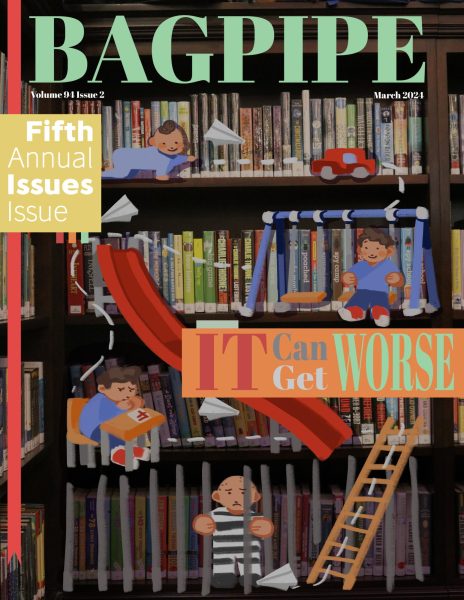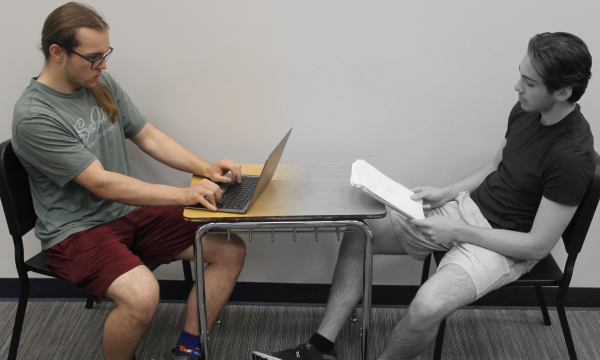Does a wrong choice diminish the good ones?
In late 1996, at just 25 years old, Lance Armstrong was diagnosed with stage four testicular cancer and told he had a 50/50 chance of survival. Armstrong was determined to beat the odds. However, Armstrong’s success soon took a backseat to the scandal.
After being stripped of his seven Tour De France victories due to failed PED testing, Armstrong has lost his title as the highest-paid endorser in sports and voluntarily stepped down as chairman of Livestrong. Although Armstrong is no longer involved, the foundation still sees an important role for itself. Livestrong wants to make it known that their success is not only about Armstrong but also the others who, too, overcome cancer.
Armstrong battled the bleak odds he received upon his diagnosis everyday of his treatment, and in 1997, founded Livestrong, formally known as the Lance Armstrong Foundation, an organization committed to helping cancer patients understand the health-care system and providing emotional support for patients and their families. Livestrong has raised more than $390 million, including $48 million collected from 215,000 donors around the world.
Livestrong is here to represent the ableness to conquer the toughest situations. Wanting to differentiate from Armstrong, Livestrong’s goal is to become bigger than the choices he made. Livestrong has the potential to be so inspirational that people can apply it back to other personal struggles that they may face in their day-to-day lives.
Lance Armstrong and Livestrong have no financial incentive; purely philanthropic. Armstrong’s actions have been devastating to the competitive cyclist community, and his service as a symbol of inspiration and support in the face of such a terrible disease has impacted millions and in many cases given them the strength and courage to battle the odds he survived. Twenty-eight million people are currently living with cancer, and Livestrong has provided incredible support for patients, their families, friends, and communities. Livestrong has been a source of stability for the millions affected by cancer, and it’s not going to be any less effective as a support system just because it’s founder made bad decisions along the way.
The Tour De France is one of the most physically taxing sporting events there is for someone in perfect health. Armstrong probably realized how unrealistic an endeavor, racing 2,262 miles after the physical strain of battling cancer was, and figured the only way he could continue competing was to turn to performance enhancing drugs, feeling the pressure of maintaining his status as a symbol of inspiration to those affected by cancer, and felt his only option to avoid disappointing his millions of admirers.
“Don’t judge a book by its cover.” The cover would be Lance Armstrong, while the pages would be the Livestrong foundation. The ones having been impacted by this horrific disease are more sympathetic to what Armstrong went through, taking the time to read inside. On the other hand, the majority of people who have doubts about Livestrong’s future are people who have never had their lives uprooted by tragedy. These people won’t even open the book.
Armstrong’s actions are reflecting very poorly on the foundation. His decisions are disappointing, and his motives for drug usage were understandable. He wanted to get ahead in his career, but the methods he chose were unethical and devastating to the people he has inspired.












